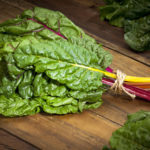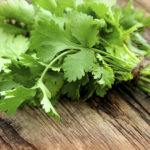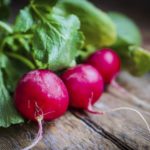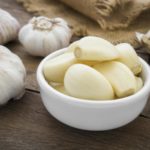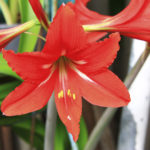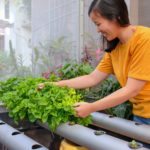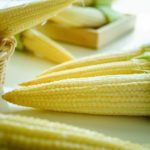Spinach, Leaf, Life
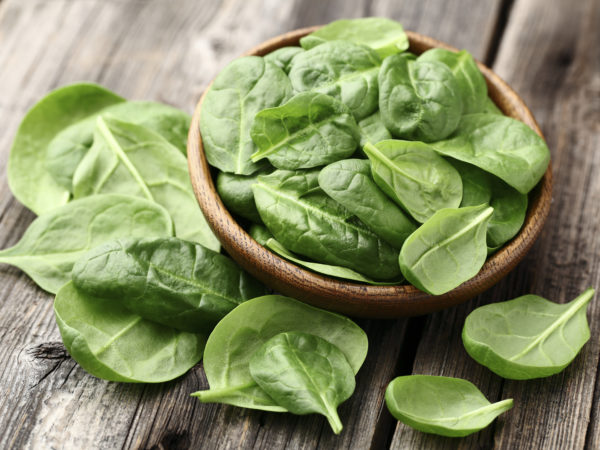
The leaf is perhaps the most important invention of all time. It dwarfs the significance of, say, Google or the bicycle. As a matter of fact, love and power and dogs couldn’t exist without the one special trait that the leaf possesses: It can make its own food. Photosynthesis, what we name this magic, is a simple term for a deeply mysterious process; we’ll leave the metaphysics of photosynthesis to a late night conversation on the porch.
The leaf of the ginkgo tree is an echo from pre-history with its cleaved, fan-like shape. The leaves of the cactus have morphed beyond photosynthesis and are to you and me its spines. They protect the green stem of the plant where photosynthesis occurs.
But one of my favorite plants in the cult of the leaf is spinach.
We grow spinach, Spinacia oleracea, at the ranch in the cool winter months. It will bolt to seed in hot, dry weather. In southern Arizona, that takes care of over half the year. Plant spinach in a sunny, open position. It will tolerate light shade in the hotter months. Some shade will prevent sunburn. Because it prefers a rich, moist bed, be sure to amend your soil with organic matter. Keep your plants moist, but avoid soggy soil.
Spinach benefits from fertilization. I feed spinach at the ranch with organic liquid seaweed or kelp. Generally I foliar feed it, which means I dilute the proper proportions of plant food into a hand sprayer and spray the leaves of the plant. Liquid kelp is a nitrogen rich fertilizer that is immediately available to the leaf where it is absorbed. Spinach has a relatively short life. Foliar feeding assures rapid uptake of the desired fertilizer. Any excess liquid seaweed can be poured around the base of the plants. Liquid seaweed does have a slight odor but it is nowhere near as repulsive as fish emulsion.
Dr. Weil prefers a spinach variety not commercially available in the United States. It is a Japanese garden variety his friend in Japan gave him. We have grown several other varieties, including Nordic, Bloomsdale and Symphony. Though spinach doesn’t like the heat, there are over-wintering varieties for colder climates. These varieties should be planted in late summer or early fall. Covering with a cloche, a clear plastic or glass bell, will hold your plants through the winter. Come Spring you will be off to your first harvest. To harvest spinach simply cut young leaves with a pair of scissors. Spinach can be frozen but it doesn’t keep well, so be sure to harvest what you plan to eat.
Spinach contains nearly twice the iron of other leafy greens, making it one of the most available plant-based sources of iron. It’s an excellent source of folic acid, potassium and magnesium, as well as vitamin K, carotenes, and vitamin C. This relative of the beet and member of the Goosefoot family is one of the richest dietary sources of lutein, important for healthy eyes and to aid in the prevention of macular degeneration. If it weren’t for the invention of the leaf, life as we know it wouldn’t exist. The cow, for instance, is a processing plant for leaves and water. I love cows and don’t eat them, but we’ll save the metaphysics (and the politics, and our personal relationships, and the moral considerations, and the nature of the soul) of food to another late night on the porch.
By Jace Mortensen, Guest Commentator
DrWeil.com News


